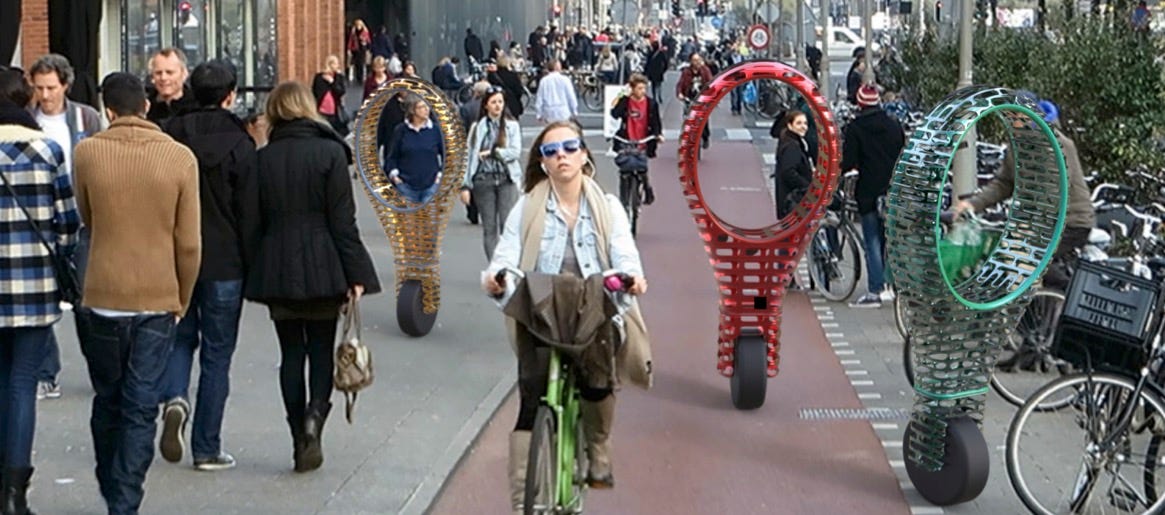The first month of the year is a moment for looking ahead to the year. Predicting is something that does not make too much sense. A year is too nearby to expect big shifts as the real changes can be found looking back for some years. Nevertheless, there is a strong uprise in robotics, and uncertainty about what is real.
There were a lot of critical notes on Web3 last month. It was clear that not all is sunny for the future of decentralizing. Moxie’s article was a kind of accelerator.
Another topic that will remain relevant this year, and I expect to deal with later is living a meta world. Not as a world or company, but as a feeling. Do we have lost connection with the real? It represents a kind of uncertainty for the real. More than specific forms.
But let’s dive a bit into another aspect: the defining role of relations in cities of things.

Cities of Things and Cities of Relations…
The Cities of Things could be rephrased as cities of things with agency. The intelligent systems and the role autonomous objects play in our near future city reality is a key inspiration in the research of Cities of Things. The intelligent layers are predicting systems that build relationships with all types of citizens, human and nonhuman. The slowly developing intelligence as part of everything will be a defining factor in how we live our (city)life.
This relates also to the understanding of what intelligence means, something that is a question raised when thinking about artificial intelligence of course. The work of James Bridle is something always to follow, and he just announced a new book on thinking about intelligence that will be published in April: Ways of Being. I found a lecture he gave last week where he already introduced some of the concepts. One of the important takeaways is that we define and judge intelligence based on our own references. Other types of intelligence are forgotten here. Multiple examples are shown for instance that we classify the intelligence of animals based on tests that leave out options to really learn about how it works. The Bonobo primate living in trees all the time failed tests on intelligence that are shaped for other types of apes living on the ground.
We need to open up another approach to using computational intelligence. As equal partners. Here the concept of co-performance is acknowledged again.
Taking this partnering as the start is key, the way you relate to this partnership is another key aspect. The partnerships are defined by the relations and continuously change as the interactions between people and technology. We are building relations based on negotiations and contracts. In the Cities of Things manifesto, a document in development, I formulated the aspect of relations as follows:
To make sense of the objects, of the things and the humans, we need sensing elements. Data is flowing from the nodes into images of the systems, of the activities happening, the responses, the interactions. The Cities of Things infrastructure is not shaped by the nodes or a collection of nodes, it is shaped by activities that shape interactions and above all, the relations that describe the comprehensive character of the infrastructure and the ecosystem.
WIRED published an article last month that connects to the tension of this technology as an intelligent partner to deal with complexity and the danger of losing the needed agency as humans. The article looked at the predicting machine “**If AI Is Predicting Your Future, Are You Still Free?”**
In addition to improving everyone’s baseline, we want a society that allows and stimulates actions that defy the odds. Yet the more we use AI to categorize people, predict their future, and treat them accordingly, the more we narrow human agency, which will in turn expose us to uncharted risks.
The role of predictions can be part of the relations. In the concept of predictive relations, I take predictions not as an educated guess of the future reality, but more like transposed reality from a similar situation somewhere else. The article zooms in on the relation between predictions and agency for humans. Are we treating people as things? This might be not the key element as we value the role of things, but respecting the agency of the actors is key for healthy relations. Predictions are not innocuous. The extensive use of predictive analytics can even change the way human beings think about themselves.
The systems can help us to understand the complex world. The concept of co-performance that I described before is all about sharing goals with the technology and teaming up to reach these. We are partners, not users of the technology. The products and services are not only tools to apply in one direction, there is an interaction that is a multiplier of the knowledge and capabilities.
The relations are characterizing the actors in the network. Raw and static data will be there, but is not key to understanding and leveraging the Cities of Things. This means we need new challenges in the description of cities. Capturing relations and designing for the relations in a good way is what cities of things aim for.
This blog was published as a newsletter via https://citiesofthings.substack.com/
